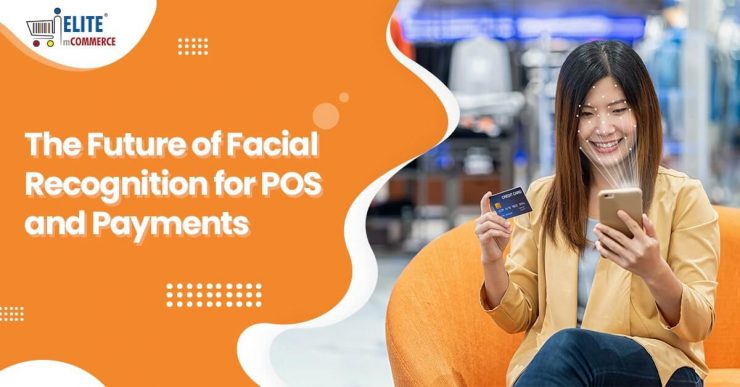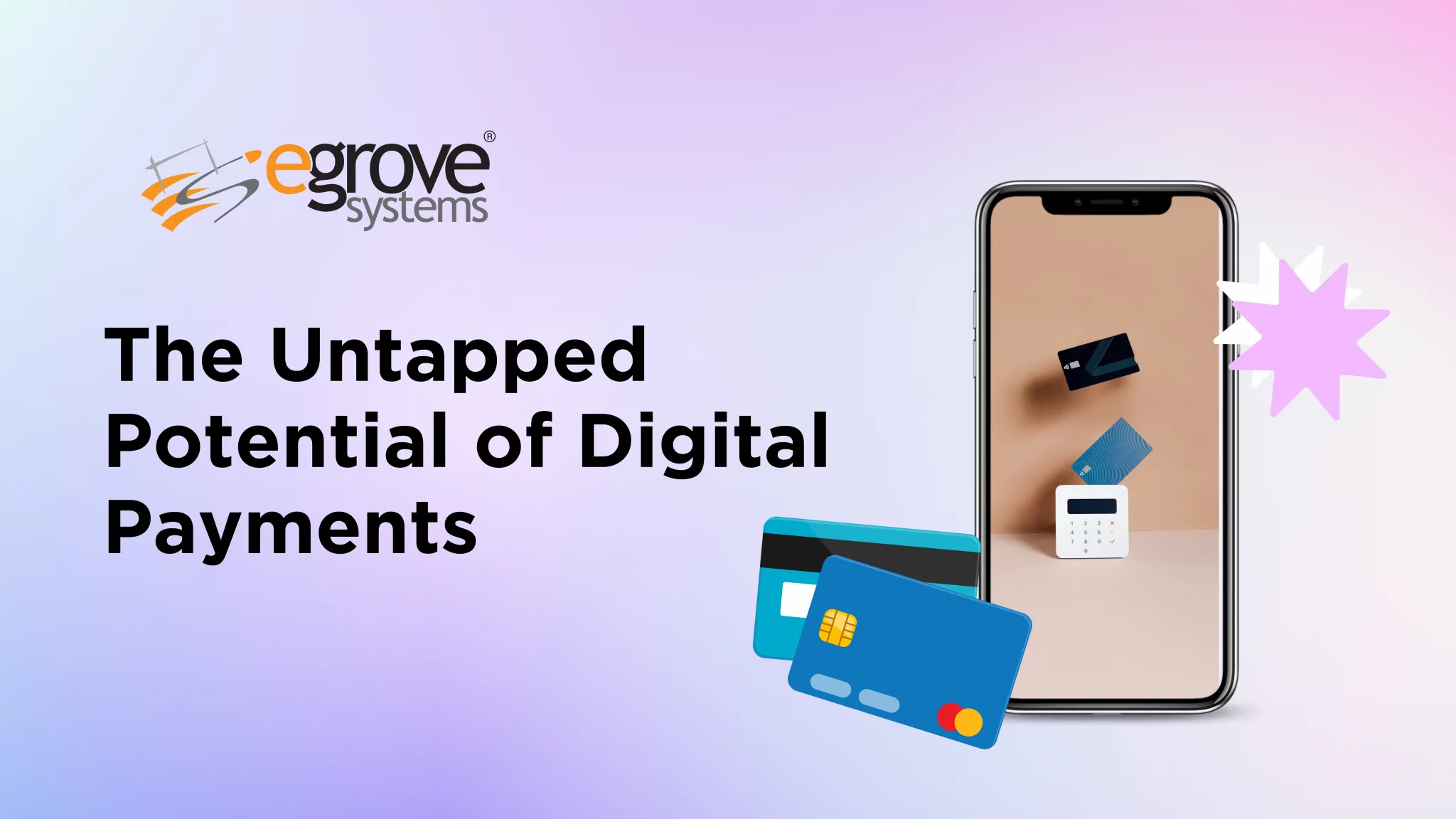One of the latest innovations in digital payments is facial recognition. POS systems that use facial recognition technology can verify customers’ identities and authorize payments quickly and easily. However, there are obstacles to widespread usage as long as customers don’t trust facial recognition due to privacy concerns. It’s time to consider the unique advantages facial recognition POS could offer merchants and customers and whether this will be enough to encourage investment into its development and adoption worldwide.
How Facial Recognition Can Help POS
Facial recognition can be used to connect a customer to a digital payment service or mobile wallet when they pay at a retail store. All they need is to show their face and smile, and it will initiate a transaction from their account, using a PIN code to confirm their identity and authorize the transaction.
Facial recognition offers several key advantages over other payment methods. Like other biometric verification methods, you don’t need to take out your credit card or smartphone to pay, and you don’t even need to carry them with you. A short PIN is easier to remember than an account password as well. It can mean faster, more frictionless transactions so customers can get on their way sooner. This payment method prevents fraud since others will be unable to use it without your face even if they steal your personal information.
Facial recognition can be used not only by payment providers but by the store POS for the purpose of monitoring customers. ConnectPOS announced its POS integration with facial recognition so the store instantly identifies all the customers who come in. The POS connects their faces with those in its database, improving the store’s understanding of its customers. It can recognize new customers or returning ones so businesses can market toward turning new customers into loyal ones. It can save information about the purchasing habits of past customers and then serve to return customers with the right product recommendations in-store. Finally, shoplifters and other unwanted customers can be identified so employees can be informed and deal with them quickly.
Privacy Concerns
However, privacy concerns may be a barrier to widespread adoption of facial recognition. A survey from China, where the technology has been implemented by the leading payment company Ant Group, found that nearly 80 per cent of respondents were worried the use of facial recognition technology could put their personal information at risk, and 57 per cent said they feared being tracked.
China published guidelines for the use of facial recognition in payments earlier this year, requiring that payment companies store facial recognition data securely and only use it as part of multi-factor verification. It was also required that payment companies do not let merchants and intermediaries store the biometric data they send for payments. This wouldn’t prevent stores from using ConnectPOS to monitor customers on their own, but it would have to be done separately from the payment process to protect customers’ rights.
Read also:- From Tableside to Curbside, Take Control of Your Restaurant with POS Integration Reports
The Growth of Facial Recognition POS Payment Worldwide
China is one of the leaders in facial recognition for payments, with Ant Group’s Alipay app and its 900 million users in China alone supporting the technology. Ukraine’s PrivatBank announced its intention to support the capability to 7500 POS terminals through its FacePay 24 service in 2020.
A survey from Viewpost in 2017 of 1,000 U.S.-based consumers found that “overall, 80 per cent of Americans are in support of “futuristic” payments technologies and currencies, including tools like sensor fingerprinting, facial recognition, retinal scanning and voice control, as well as currencies like bitcoin.” 35% of them “see facial recognition as a key authentication technology for making payments within the next ten years, and 32 per cent of Americans trust facial recognition for securing electronic payments.”
However, the US has lagged in other innovations such as mobile wallet adoption, signalling that new digital payment options may be uncomfortable to consumers. Even as the pandemic created an interest in contactless payment, a report from PYMNTS from April showed that Apple Pay’s usage has dropped from 6.7% in 2017 to 5.1% in 2020, and Walmart Pay went from 4.5 per cent to 3.3 per cent from 2019, and facial recognition may go unused regardless of its convenience.
New Solutions
In the US, PopID announced that its facial recognition system, originally meant for payment at quick-service restaurant kiosks, can now be used to quickly take the temperature of employees and customers, helping restaurants admit customers safe during the pandemic. Solutions like these show that facial recognition will have a future as a powerful and multi-faceted tool that businesses can use to take payments and gather valuable information about their customers.









Thanks for sharing nice blog regarding pos software. Your blog is very informative